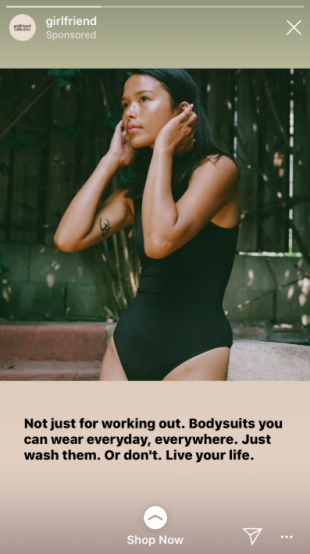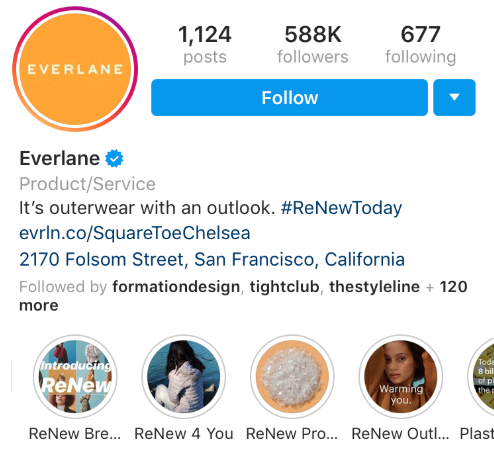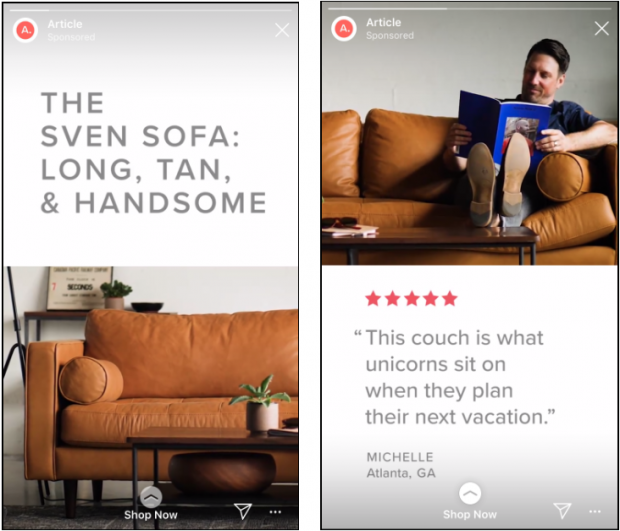As the new home for brands, Instagram is the best place to promote your enterprise, reach new customers, and engage your followers. Having great Instagram marketing campaigns is key, however, sometimes you want to put some extra effort behind a particularly necessary purpose.
That’s where Instagram marketing campaigns come in.
During an Instagram marketing campaign, you’re attempting to achieve a particular objective over a fixed period of time. All the content in your campaign is aligned and concentrated on a single target, which is particular and measurable.
In case your Instagram strategy is a slow and steady marathon, campaigns are like sprints. They use more energy over a shorter period of time, and yield outcomes and insights fast.
If you want to launch a product, connect with new customers, or construct your brand’s reputation, an Instagram campaign could help you obtain your purpose—as long as you set yourself up for success. In this post, we’ll share tips for running an effective campaign.
1. Set S.M.A.R.T goals
When setting an objective for your Instagram marketing campaigns, you want to be particular, measurable, attainable, realistic, and time-based.
For example, say you want to increase your Instagram followers. Break that down into:
- Specific: Who do you want to reach? What would you like them to do? Be precise in your targets. Be sure you have a single purpose and that all your campaign content is unified to help it.
- Measurable: How will you know in case you’re successful? Establish a baseline for your current followers and engagement so you can track development.
- Attainable: Is your purpose realistic? Can it accurately be measured? Targets should take hard work to achieve, however, they shouldn’t be out of reach.
- Realistic: This needs to be based on your budget, the current rate of development, and the duration of the campaign. Do your research, and don’t make a wild plan to go from 100 followers to 10,000 in two weeks (unless you’re promising all new followers a free trip to Hawaii).
- Time-based: The duration of your campaign needs to be based on your purpose and the amount of time you think you’ll need to achieve it. Don’t set an arbitrary limit of one week in case your targets are ambitious, but also don’t make it so long that you lose steam.
2. Plan content for your Instagram marketing campaigns
When you’ve identified your targets, you need to plan out each of your campaign posts. Make a roadmap or content calendar of the posts and Stories you want to share each day. When you’re reaching out to influencers (more on that below), ask them to post on a specific day that makes sense according to your calendar.
Each post should make sense by itself while still reinforcing the overall message of the campaign. If audiences see multiple posts, they should work together to construct excitement. If they only see one, it needs to be strong enough to entice them to learn more.
The content calendar can include posts that give a preview of your campaign (like if you want to announce a sale before you run it, or images of your product before you launch it) to construct momentum.
Instagram marketing campaigns are lots of work, and you’ll want to reach for the Gatorade part way through. Having a stable plan in place before you launch will make it simpler to maintain a consistent level of quality and creativity throughout.
3. Use the Feed + Stories
When you’re only running your adverts on the Instagram feed, you’re missing out. People watch 400 million Stories each day, however, only 50 % of businesses are utilizing them.
Stories can complement your posts, or you could let Facebook Ads place your content in either format. This Story from Girlfriend Collective, part of a free-shipping campaign for their new line of bodysuits, is an example of a promotion that would work in the Feed too:
And it was complemented by campaign posts in their Feed:
You could also tailor your content for Stories and creating Highlights like Everlane did for their ReNew campaign.
When you’re intimidated by the format, we’ve got a primer on getting started with Instagram Stories.
4. Use A/B tests
Want to get the most out of your campaign’s lifespan? Use A/B testing to refine your strategy. Take a look at multiple versions of your adverts simultaneously, which will maximize your budget by automatically choosing the best-performing versions.
You could A/B test almost every element of your advert: pictures, copy, placements, audiences, landing page. And each test will give you more information about what works best, giving you a ton of data that will assist you to get even more out of your next Instagram marketing campaign.
5. Create a unifying aesthetic
Your Instagram marketing campaigns should align with your brand’s overall look and feel, however you may still make it distinct. Not like a single advert, which advantages from blending well with the rest of your content, a campaign can stand out on its own.
It needs to be memorable and recognizable so that each piece of the campaign adds up to a total, coherent message. It will help to reinforce your key call-to-action and construct familiarity each time somebody sees a promotion.
It additionally offers the campaign itself some character and a tone which will guide your content. Think about how you want people to feel when they see your campaign. Is it humorous? Calming? Exciting?
Furniture firm Article created a cheeky, humorous campaign for a sofa launch that makes an impression:
6. Track the metrics that matter
If a campaign falls in the woods, and nobody is around to measure how loud the sound is, did it really make an effect?
Before you even launch your campaign, you need to have identified the key metrics that you’ll be utilizing to evaluate your success (that’s the M in your S.M.A.R.T goals). For instance, in an awareness campaign, you’ll want to pay attention to audience development, reach, and share of voice.
These will vary depending on the objectives of your campaign. There are a ton of metrics you can track on social media, and some analytics are unique to Instagram. Relying on the kind of campaign (like a sale or a product launch), you might want to track metrics outside of the platform too, via trackable links or using promo codes.
Ensure to establish a baseline, so you could accurately measure the effect of your campaign.
7. Partner with influencers
Influencers are users who have large, organic followers on Instagram, and whose followers trust their opinions and recommendations. For that reason, influencers can be amazing partners who connect you to loyal and engaged followers and add authenticity and trust to your campaign.
Posts created by influencers on behalf of your brand should abide by FTC guidelines and be clearly labeled as adverts, like these examples from Danish watch firm Skagen’s influencer marketing campaign:
These partnerships only work if they make sense for your campaign and your brand, so do your homework. Identify influencers who share your values and aesthetic, and take a look at their other branded posts to see how they present sponsored content.
When it comes to audiences, pay attention to engagement and match, not just size. Influencers will smaller however loyal followings, could be a more strategic (and economical!) choice, particularly if they’re a strong match for your target audience. For more suggestions, check out this post from an influencer’s perspective.
8. Budget for success
Budgets are everybody’s favorite a part of a campaign strategy, right? All of us must do them, so let’s do them right. When coming up with a campaign budget, identify the ways that make the most sense for your targets, and make sure to include these costs.
you’ll need to cover promoted posts and Stories, however working with influencers and running contests come with additional costs. Gather your intel in advance and then construct these into your marketing budget.
In a perfect world, you’d have infinite funds for all your Instagram marketing campaigns, however, here on Planet Earth, you may need to make adjustments to your ways in case your funds are limited or run a shorter campaign.
9. Think about the post-Instagram experience
Relying on the targets of your Instagram marketing campaigns, you could be sending people off Instagram after they click on your posts or promotions. Remember about the post-click destination! A strong landing page will help you to hit your campaign goal.





